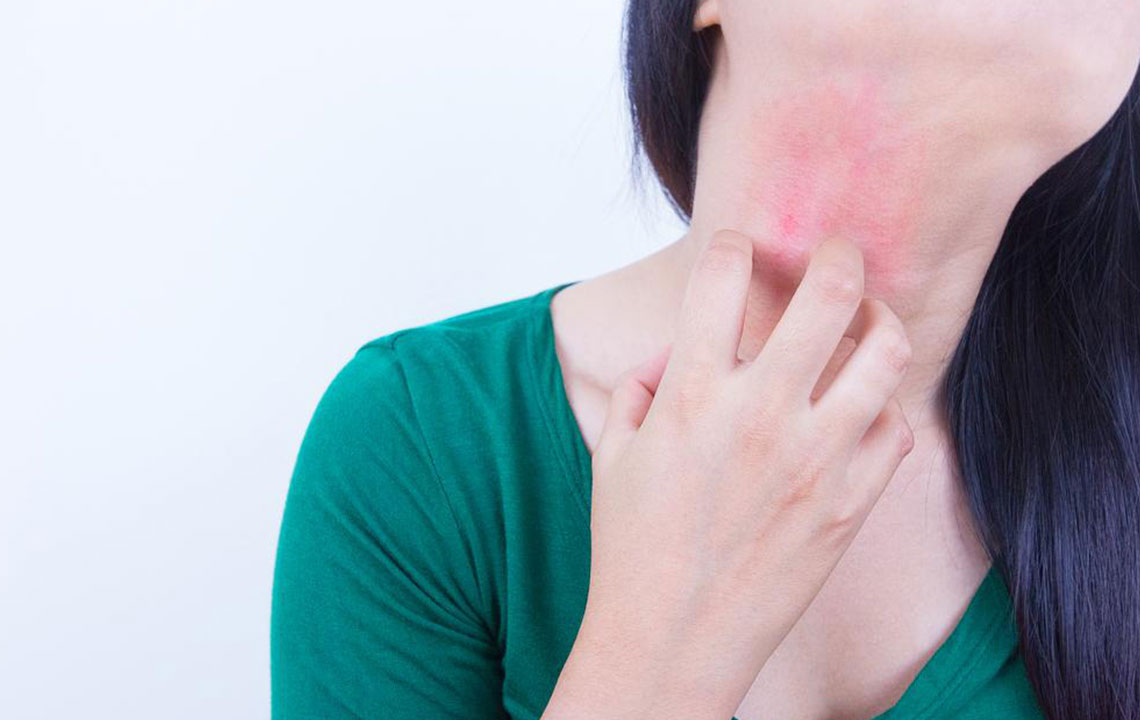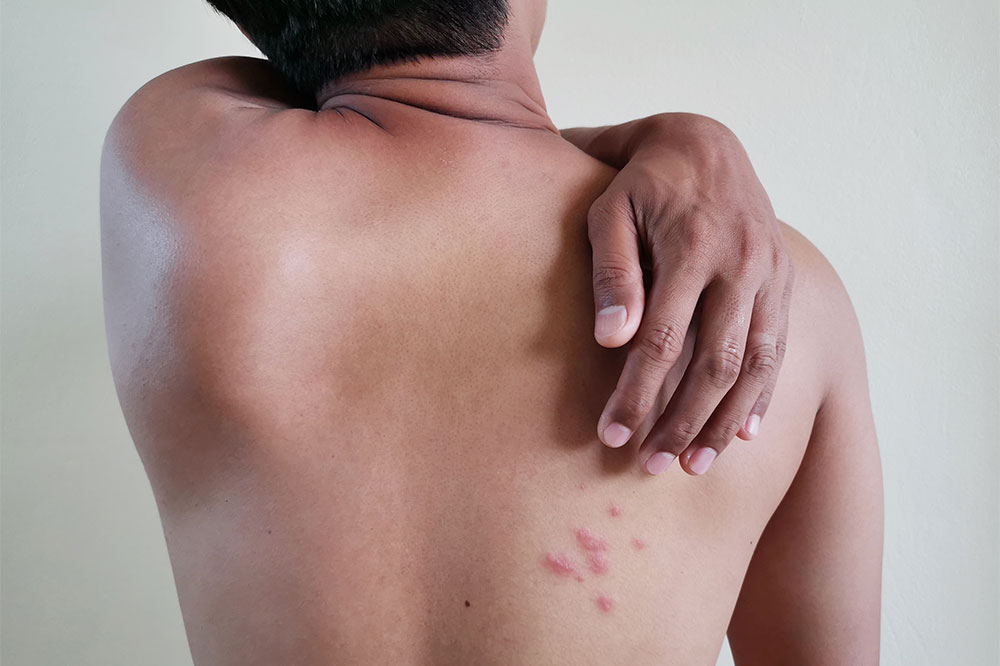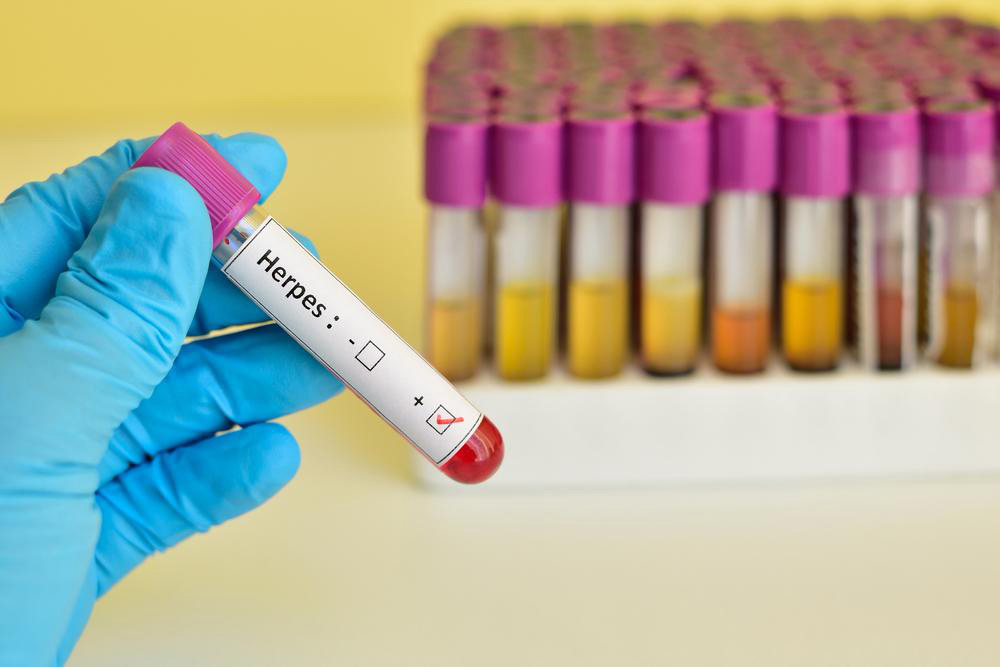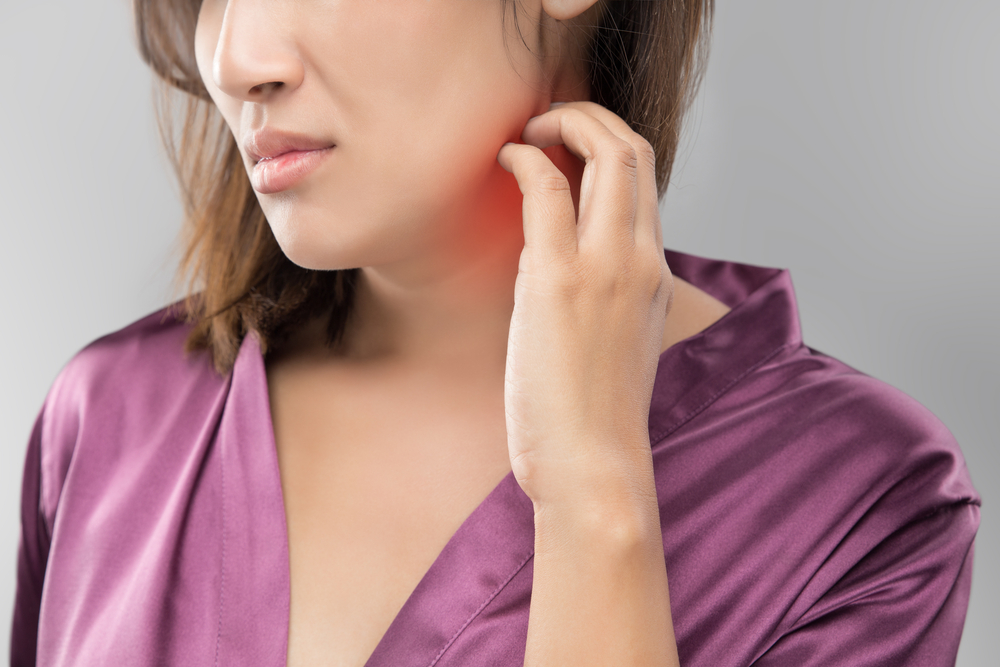Comprehensive Strategies for Managing and Preventing Postherpetic Neuralgia
Postherpetic Neuralgia (PHN) is a painful complication following shingles, especially affecting older adults. Prevention through vaccination, early antiviral treatment, and comprehensive pain management strategies are crucial. This article provides a detailed guide on mitigating the risk of PHN and managing its symptoms effectively to improve patients' quality of life.

Understanding and Addressing Postherpetic Neuralgia (PHN): Prevention and Management
Postherpetic Neuralgia (PHN) is a persistent and often debilitating complication that can occur after an episode of shingles, medically known as herpes zoster. Shingles itself results from the reactivation of the varicella-zoster virus, the same virus responsible for chickenpox in childhood. After the initial infection, the virus becomes dormant within nerve cells near the spinal cord and brain but can reactivate later in life, especially as part of the aging process or due to immune system decline. When reactivation occurs, it causes a painful skin rash with blistering, typically localized to one side of the body or face. While many recover fully within a few weeks, a significant percentage of patients, particularly those aged 60 and older, develop postherpetic neuralgia, characterized by persistent nerve pain that can last months or even years. This article explores comprehensive approaches to prevent PHN, including vaccination and early antiviral therapy, as well as effective management strategies to reduce pain and improve quality of life for those affected.
Understanding Shingles and Postherpetic Neuralgia
Effective Vaccination Strategies
Early Antiviral Treatments and Their Role
Managing Postherpetic Neuralgia: Therapeutic Approaches
Prevention through Vaccination
Preventing shingles and subsequent PHN is a primary goal in safeguarding adult health. The most effective method available is vaccination. The Zostavax vaccine, approved for adults aged 50 and above, has been shown to decrease the risk of developing shingles by approximately 50%. It specifically reduces the likelihood of experiencing severe pain associated with PHN if shingles does occur. For adults over 60, the Shingrix vaccine is now preferred due to higher efficacy rates. Shingrix, a recombinant zoster vaccine, offers over 90% protection against shingles and PHN. It is administered in two doses spaced 2 to 6 months apart and is recommended regardless of previous shingles episodes or prior vaccination with Zostavax. Engaging in timely vaccination campaigns significantly enhances the protection of older adults and those with compromised immunity, reducing the burden of this painful complication.
Prompt Antiviral Therapy
Early intervention with antiviral medications is a critical factor in managing shingles and lowering the risk of subsequently developing PHN. Drugs like valacyclovir, famciclovir, and acyclovir are most effective when started within 72 hours of rash appearance. These medications help limit the severity and duration of shingles symptoms by inhibiting viral replication. Reducing the intensity and duration of the initial outbreak directly correlates with a decreased likelihood of persistent nerve pain. Patients are advised to seek prompt medical attention if shingles symptoms develop, particularly if they are in high-risk groups such as older adults or immunocompromised individuals. Early antiviral therapy not only benefits immediate symptom relief but also plays a pivotal role in preventing long-term nerve damage that can lead to PHN.
Managing and Treating PHN
For patients who develop postherpetic neuralgia, a multimodal treatment approach is essential to reduce pain and improve daily functioning. Pharmacological options include tricyclic antidepressants such as amitriptyline, which are effective in nerve pain relief, albeit with potential side effects that need monitoring. Topical agents like capsaicin patches and lidocaine ointments provide localized relief by blocking nerve signals, often used in combination with oral medications. Opioids may be prescribed in severe cases, but their use is typically limited due to dependency concerns. Additionally, adjunct therapies such as nerve blocks, transcutaneous electrical nerve stimulation (TENS), and herbal remedies can be supportive. Psychological support and physical therapy are also vital components, helping address the emotional and functional impact of chronic pain. The goal is to tailor treatments to individual needs, aiming for maximum pain relief with minimal side effects, thereby enhancing quality of life for those suffering from PHN.





